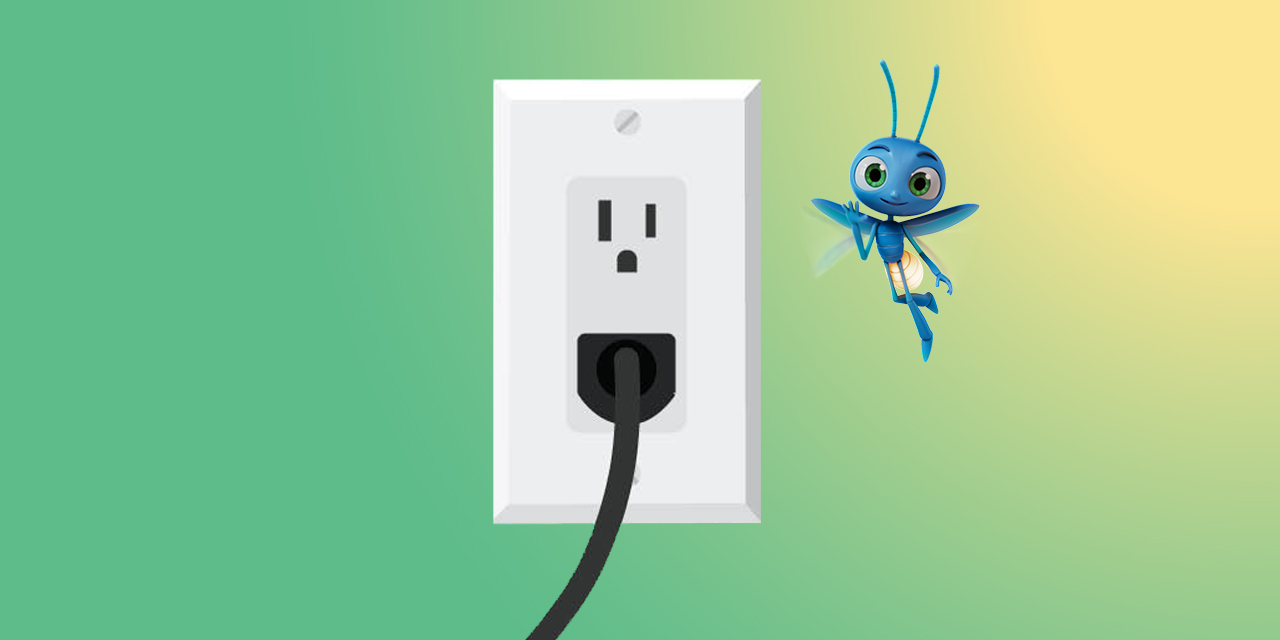Green Mountain Energy® Blog
Brighten Your Holiday Season by Switching to LED Holiday Lights



We love how decorative lights add a little extra magic to the holidays. But the energy needed to power them—in addition to the extra energy used for cooking, heating and traveling over the holiday season—can take a hit on the planet and your wallet.
Want an easy way to trim your holiday costs and reduce your carbon footprint? Choose super-efficient LED lights. Depending on how many strands of lights you use, you could save anywhere from $15 to $90 and prevent about 190 pounds to over 1,200 pounds of carbon dioxide emissions over a holiday season just by switching to LED holiday lights.
How do LED light bulbs work?
So, what are LED light bulbs? LED stands for light-emitting diode. They are the most efficient lighting you can use in your home, outperforming both traditional incandescent bulbs and compact fluorescent lamps (CFLs).
And exactly how do LED light bulbs work? As ENERGY STAR explains, “An electrical current passes through a microchip, which illuminates the tiny light sources we call LEDs, and the result is visible light.”
Okay, the science is cool, but what really matters is how energy-efficient LEDs are. They waste very little heat, thanks to advanced thermal management. Meanwhile, incandescent bulbs only use about 10% of their energy for light—the other 90% is wasted heat! And CFLs, while better than incandescent lights, still release about 80% of their energy as heat. Yikes!
Benefits of using LED light bulbs
In addition to using less energy, LED light bulbs are awesome in many other ways. They’re:
- LEDs reduce the risk of burns and fire, since they don’t heat up like regular light bulbs.
- Many LEDs come with dimming, color-shifting and auto daylight shutoff features.
- Expect at least a three-year warranty with LEDs, which exceeds industry standards.
- LEDs aren’t nearly as fragile as incandescent bulbs.
- Less toxic. Unlike CFLs, LEDs do not contain mercury.
- More intense than traditional bulbs, LEDs can be set to produce any hue of white light or millions of other colors.
Despite a higher initial upfront cost, LEDs are actually much less expensive to operate in the long run. Check out the cost to purchase and operate each type of light bulb over a 25,000-hour lifespan (about three hours per day for 23 years):



Source: Carbon Switch
LED holiday lights and decorations
As for your holiday lighting, LEDs help make your home more festive without hurting your wallet. With increased consumption rates over the holidays from heating, baking, entertaining and more, LEDs can help save some energy around the home.
Just like regular LEDs, strands of LED holiday lights cost more up front but pay you back over time—they can last up to 40 holiday seasons! Plus, up to 25 strands of LED holiday lights can be connected without overloading a wall socket. Add an automatic daylight shutoff feature, and you’re all set. Go ahead—claim your spot as the most festive (and green!) house in the neighborhood.
Just how much can LED holiday lights save you? Compare the costs of incandescent and LED tree lights:
Estimated cost* of electricity to light a six-foot tree for 12 hours a day for 40 days



Source: energy.gov
And here’s how much you could spend over the next decade for your holiday lights, depending on what type you choose:
Estimated cost* of buying and operating lights for 10 holiday seasons



Source: energy.gov
LED light bulbs are not just for the holiday season
Sure, LEDs are great for the holidays, but they’re also a smart choice for home lighting all year long. Lighting costs make up a significant portion of most home electricity bills, so the efficiency of LEDs can’t be beat. Plus, it’s an easy way to support sustainable energy and development. Here are some other ways your home can put LED lighting to use:
- Use dimmable LEDs in basically any room to set the right mood and only use the amount of light you need.
- Give your bathroom a modern update with LEDs around the mirror and in ceiling lighting.
- Install LEDs in the kitchen over counters and in recessed lights to help brighten up meal prep areas.
- Get futuristic in any room with colored LED strips.
The versatility and options of LED lights available mean you’re only limited by your imagination!
* Assumes 50 C-9 bulbs and 200 mini-lights per tree, with electricity at $0.119 per kilowatt-hour (kWh) (AEO 2012 Residential Average). Prices of lights based on quoted prices for low-volume purchases from major home improvement retailers. All costs have been discounted at an annual rate of 5.6%. Life span assumed to be three seasons (1,500 hours) for non-LED lights.
Find a renewable energy plan that helps your home go green.
Enter your ZIP code to get started.
Our customers have avoided
pounds of CO2
That’s like planting
new trees.





